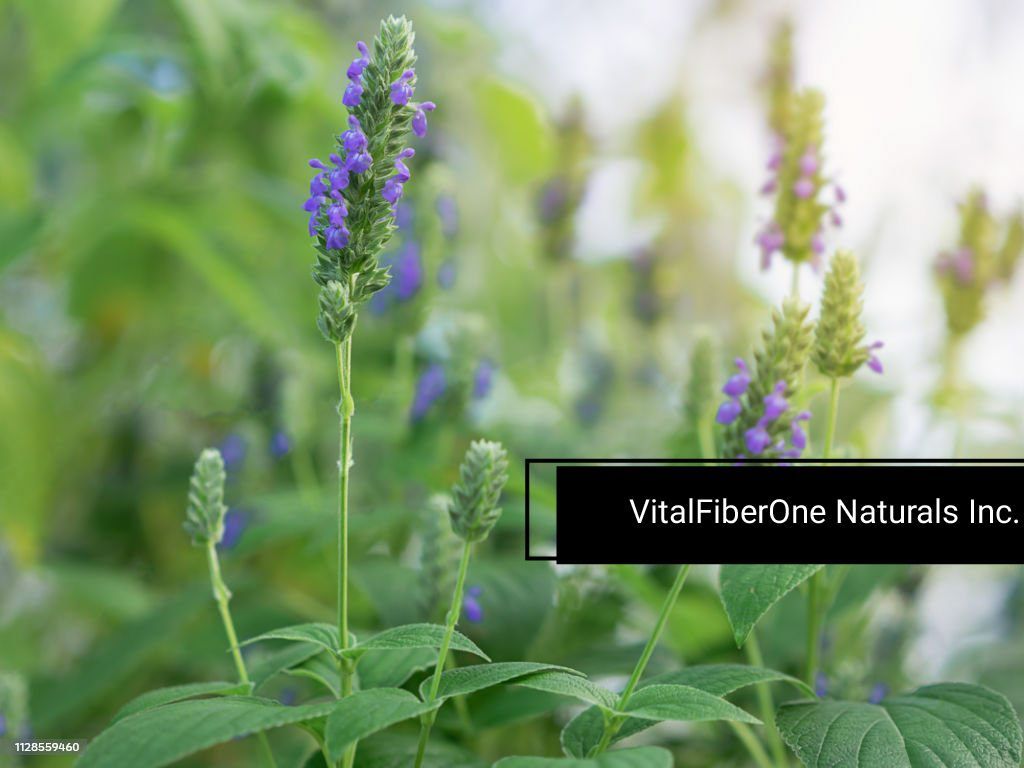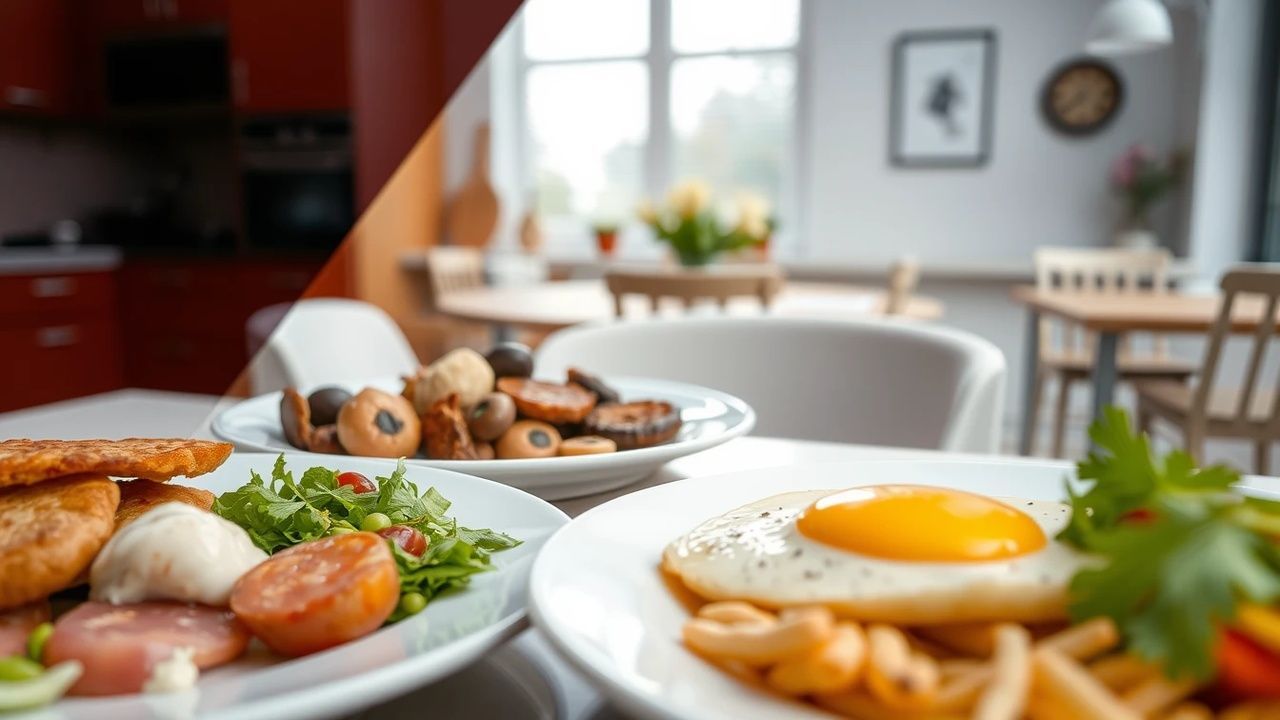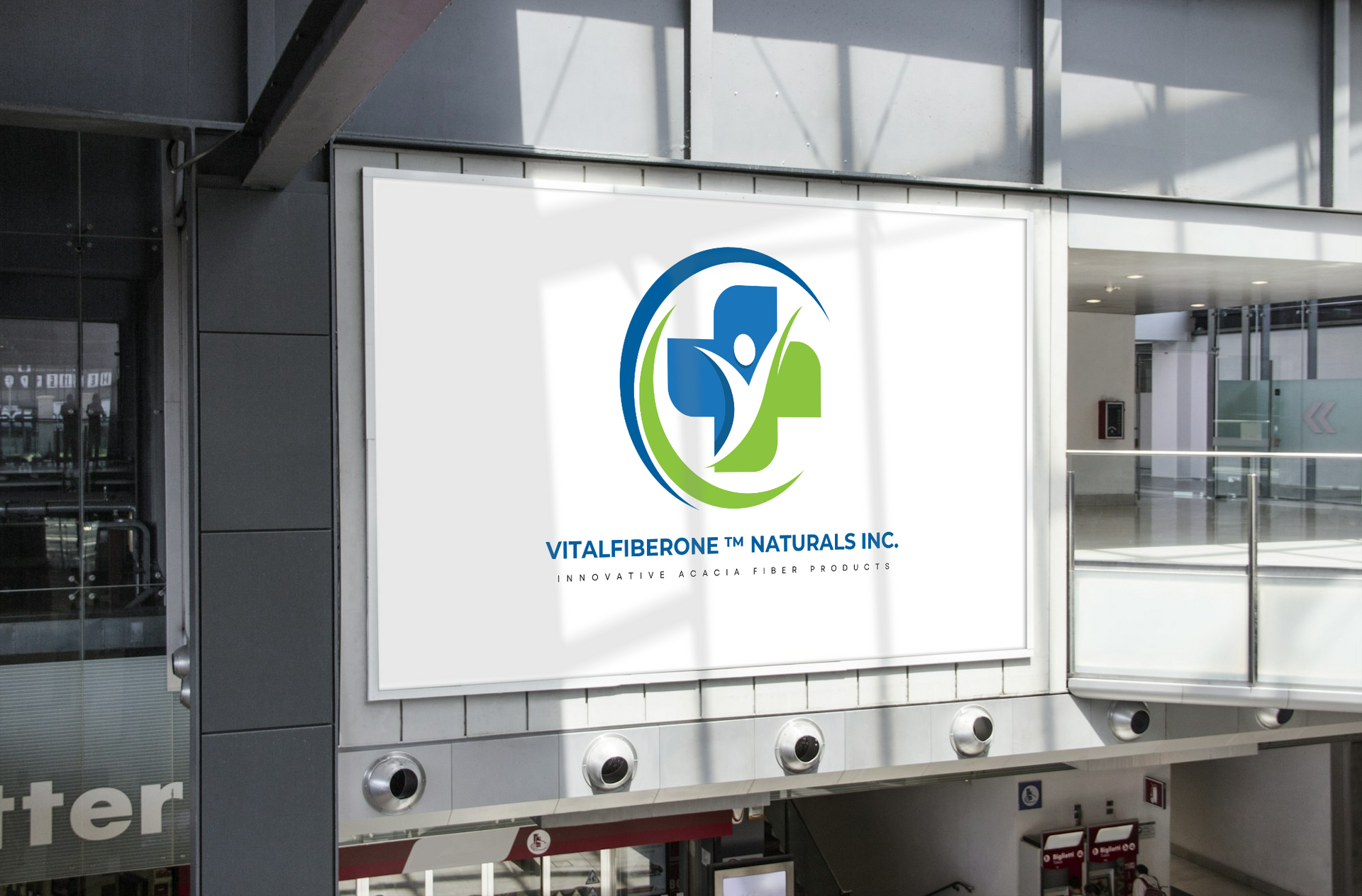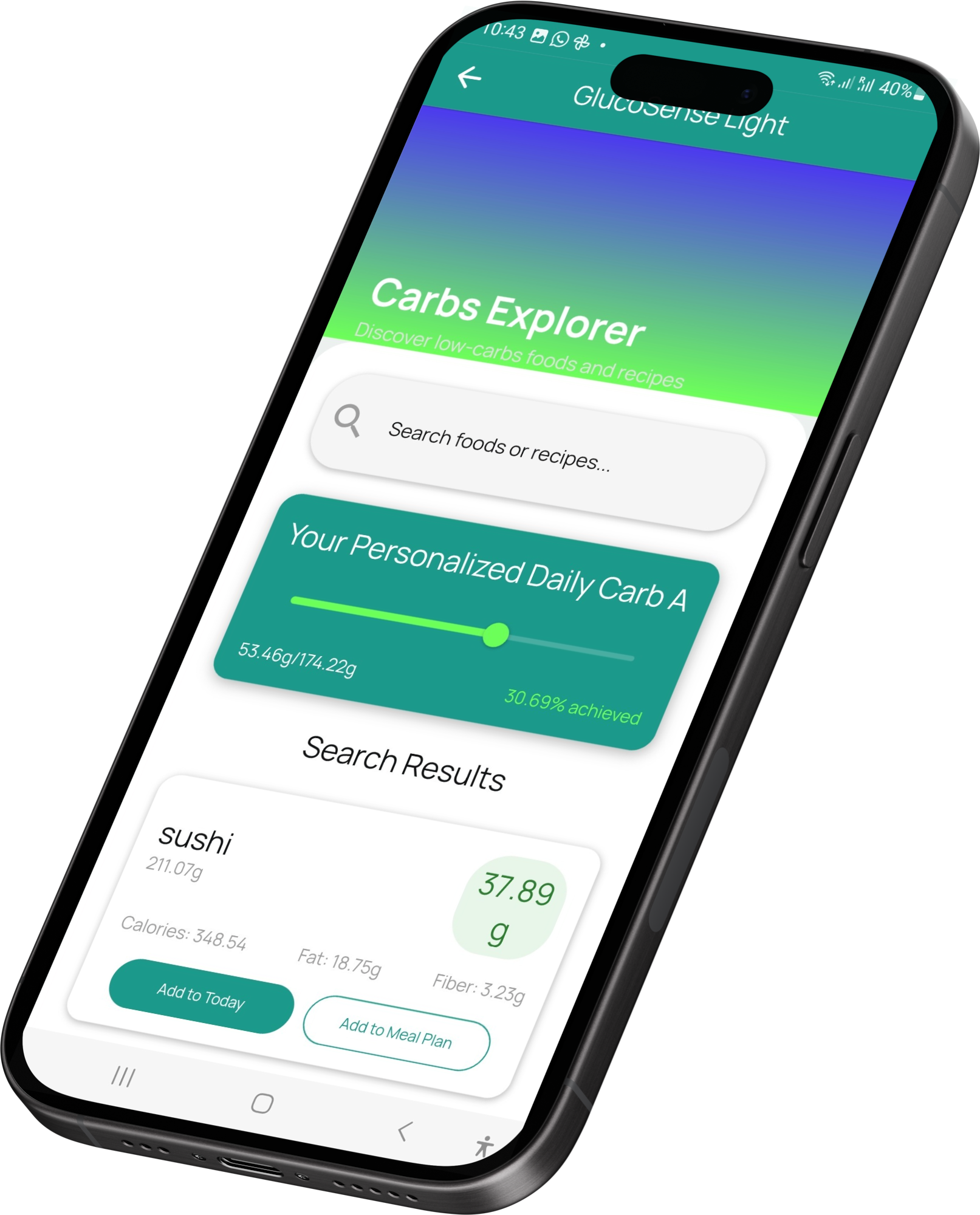Blog-Layout
How to Grow Your Own Chia Plants for Seeds at Home?
VitalFiberOne Naturals Inc. • March 28, 2024
Grow Chia Seeds at Home: A Step-by-Step Guide for Beginners

Are you looking to harness the nutritional powerhouse that is chia seeds straight from the comfort of your home? Growing chia plants for seeds is simpler than you might think. With some basic knowledge and a little patience, you can turn your green thumb into a treasure trove of these super seeds. Let’s embark on a journey to grow your own chia plants at home.
**1. Understanding Chia Plants**
Chia (Salvia hispanica) is a flowering plant native to central and southern Mexico, belonging to the mint family, Lamiaceae. Famous for their seeds, chia plants are praised for their nutritional value, high in omega-3 fatty acids, fiber, antioxidants, and proteins.
**2. Choosing the Right Spot**
Chia plants thrive in warm climates and need plenty of sunlight. When selecting a growing location, ensure it receives at least 4-6 hours of direct sunlight daily. Chia plants prefer a well-draining soil that retains moisture without becoming waterlogged.
**3. Planting Your Chia Seeds**
Spring is the best time to plant chia seeds directly into your garden. Sprinkle the seeds over the soil and lightly cover them with a thin layer of earth. Remember, chia seeds are small and should not be buried too deeply—about a quarter-inch is perfect.
**4. Watering Wisely**
Water your chia plants regularly. They like to stay moist but are also quite drought-tolerant once established. Ensure the soil is moist, especially during the germination phase, which usually takes 7 to 14 days.
**5. Fertilizing for a Bountiful Harvest**
Chia plants aren’t heavy feeders, but they do benefit from occasional fertilization. Use a balanced organic fertilizer to ensure your plants get the nutrients they need without the harsh chemicals.
**6. Managing Pests and Diseases**
Thankfully, chia plants are relatively pest-resistant . However, you will want to keep an eye out for slugs and snails, especially when your chia is young and tender. Use organic pest control methods, such as diatomaceous earth, to keep these critters at bay.
**7. Watching Them Grow**
As your chia plants grow, they’ll need some space to flourish. Thin your plants to about 12 to 18 inches apart. This gives each plant enough room to reach its full size. Healthy chia plants can grow up to 3 feet tall.
**8. The Flowering Stage**
When your chia plant blooms, it will display beautiful purple or white flowers. These flowers are pollinated by bees and after pollination, will develop into seed heads akin to tiny wheat heads.
**9. Harvesting Time**
Harvest time is typically in the fall when the flowers have matured and the petals have fallen, revealing the chia seeds. The seed heads should be brown before you harvest them. Cut the seed heads and let them dry in an airy, shaded place for a few days.
**10. Collecting Your Chia Seeds**
Once dry, you can extract the seeds by gently rubbing the heads between your hands over a container to catch the seeds. Be sure to remove any plant debris from your seeds.
**11. Storing Your Harvest**
Store your chia seeds in a cool, dry place. An airtight container in the refrigerator can keep them fresh for months, even years.
**12. Enjoying the Fruits of Your Labor**
You can now enjoy your own home-grown chia seeds! Use them in smoothies, yogurts, baking, or sprinkle over your salad for a crunchy, nutritious addition.
Growing chia plants at home is rewarding and adds a touch of sustainability to your lifestyle. Not only will the plants provide a plentiful supply of seeds, but you’ll also enjoy the stunning blooms throughout the growing season. The process is a beautiful integration of nature's cycle into your daily life and an excellent conversation starter about health and self-sufficiency.
As an expert in home gardening, my goal is to assure you that with these simple steps, you will be able to successfully grow and harvest chia seeds. It’s a journey worth embarking on for both novice and seasoned gardeners alike. Enjoy your horticultural adventure with these super seeds.
Remember, patience and consistent care are the main ingredients for a thriving chile plant. Start with quality seeds, provide the right conditions, and nature will do the rest. Here’s a summary of your chia growing journey:
**Quick Recap: Your Chia Growing Checklist**
- **Location**: Full sun, warm spot
- **Soil**: Well-draining, moisture-retentive
- **Planting**: ¼ inch deep, in spring
- **Watering**: Regularly, more during germination
- **Fertilizing**: Balanced, organic preferred
- **Thinning**: Space plants 12-18 inches apart
- **Flowering**: Late summer, requires pollination
- **Harvesting**: When seed heads turn brown
- **Drying and Collecting**: Dry seed heads, rub to release seeds
- **Storing**: Cool, dry place; airtight container
**Final Thoughts**
Gardening can be an enriching activity, and growing your own chia plants is a fantastic way to start. It brings the joy of growing your own food and the satisfaction of knowing where your nutrients come from. With each sprinkling of home-grown chia seeds, you'll taste the freshness and feel the fulfillment of your gardening success.
Remember that each climate can have peculiarities. Keep an eye on your local weather conditions and adapt your care accordingly. Gardening is as much about adaptation as it is about care.
**Join Our Green Thumb Community**
For readers who succeed in growing their own chia plants, how did you find the experience? Share your successes, challenges, and even your favorite chia recipes with us! Let's cultivate a community of home-garden enthusiasts and continue to grow together.
If you enjoyed this post or have additional questions, don't hesitate to reach out or comment below. Your engagement helps us create more informative and enjoyable content. Let's sow the seeds of knowledge and reap the benefits of nature's bounty together.
Grow your wellness, right where you live, with each tiny chia seed._
We hope this guide helps you turn your gardening aspirations into achievements. Take this information, plant your chia, and watch as your garden becomes a bastion of health and wellness.
Happy gardening!

By VitalFiberOne Naturals Inc.
•
February 8, 2025
Revolutionize your diabetes care with the power of AI! Introducing GlucoAI Precision Technology, a game-changing innovation that's transforming the way we manage diabetes. This cutting-edge technology uses artificial intelligence to provide personalized insights and precise glucose monitoring, empowering individuals to take control of their health. Say goodbye to guesswork and hello to data-driven decision making. Learn how GlucoAI is revolutionizing diabetes care and improving lives.

By VitalFiberOne Naturals Inc.
•
January 24, 2025
Making grocery shopping a breeze for diabetics! GlucoSense is revolutionizing the way people with diabetes shop for groceries. With its innovative technology, GlucoSense makes it easy to identify and purchase diabetes-friendly food products. Say goodbye to hours of research and label-reading, and hello to a stress-free shopping experience. In this video, we'll show you how GlucoSense is changing the game for diabetics and making healthy grocery shopping a whole lot easier. Whether you're living with diabetes or know someone who is, this video is a must-watch!

By VitalFiberOne Naturals Inc.
•
December 20, 2024
Are you tired of feeling uncertain about your diabetes management? Do you have burning health questions that need answers? In this blog, our panel of diabetes experts are here to provide you with the clarity and confidence you need to take control of your health. From understanding blood sugar levels to managing medications and diet, our experts will cover it all. Get ready to have your most pressing questions answered and start living your best life with diabetes. Whether you're newly diagnosed or have been living with diabetes for years, this video is for you. So sit back, relax, and let's dive into the world of diabetes management together!

By VitalFiberOne Naturals
•
December 18, 2024
Indulge in the flavors of the Middle East with our Fiber Rich Baked Falafel recipe, served with a side of creamy Tahini Sauce! In this video, we'll show you how to make crispy on the outside, fluffy on the inside falafel using chickpeas, herbs, and spices, all while keeping it healthy and fiber-rich. The perfect vegetarian snack or meal option. Our tahini sauce recipe is a game-changer, made with tahini paste, garlic, lemon juice, and olive oil. It's creamy, tangy, and pairs perfectly with our baked falafel. Get ready to elevate your snack game with this easy-to-make and delicious recipe!

By VitalFiberOne Naturals Inc.
•
November 17, 2024
Unlock the secret to a healthier and fitter you with Fiber-Guru's 4 weeks FREE trial! In this blog, we'll introduce you to a revolutionary program designed to help you achieve your fitness goals and transform your body in just a few weeks. With Fiber-Guru, you'll get access to a comprehensive fitness plan, personalized coaching, and a supportive community to help you stay motivated and accountable. Say goodbye to fad diets and hello to a sustainable lifestyle that will leave you feeling energized, confident, and empowered. Try Fiber-Guru today and start your fitness journey with a 4-week free trial!

By VitalFiberOne Naturals Inc.
•
August 26, 2024
Are you trying to lose weight and wondering about the best time to eat? In this video, we dive deep into the optimal meal timing for weight loss. Should you prioritize a smaller breakfast, a moderate lunch, or a light dinner? We explore the science behind meal timing and its impact on your metabolism, hunger levels, and overall weight loss journey. Discover the pros and cons of each meal and learn how to structure your eating schedule for maximum results. Whether you're a breakfast lover or a dinner devotee, this video provides valuable insights to help you make informed choices. Don't miss out on tips and strategies that can transform your eating habits and support your weight loss goals! Tune in and find out the best time to eat for effective and sustainable weight loss. Remember to like, comment, and subscribe for more health and wellness tips!






